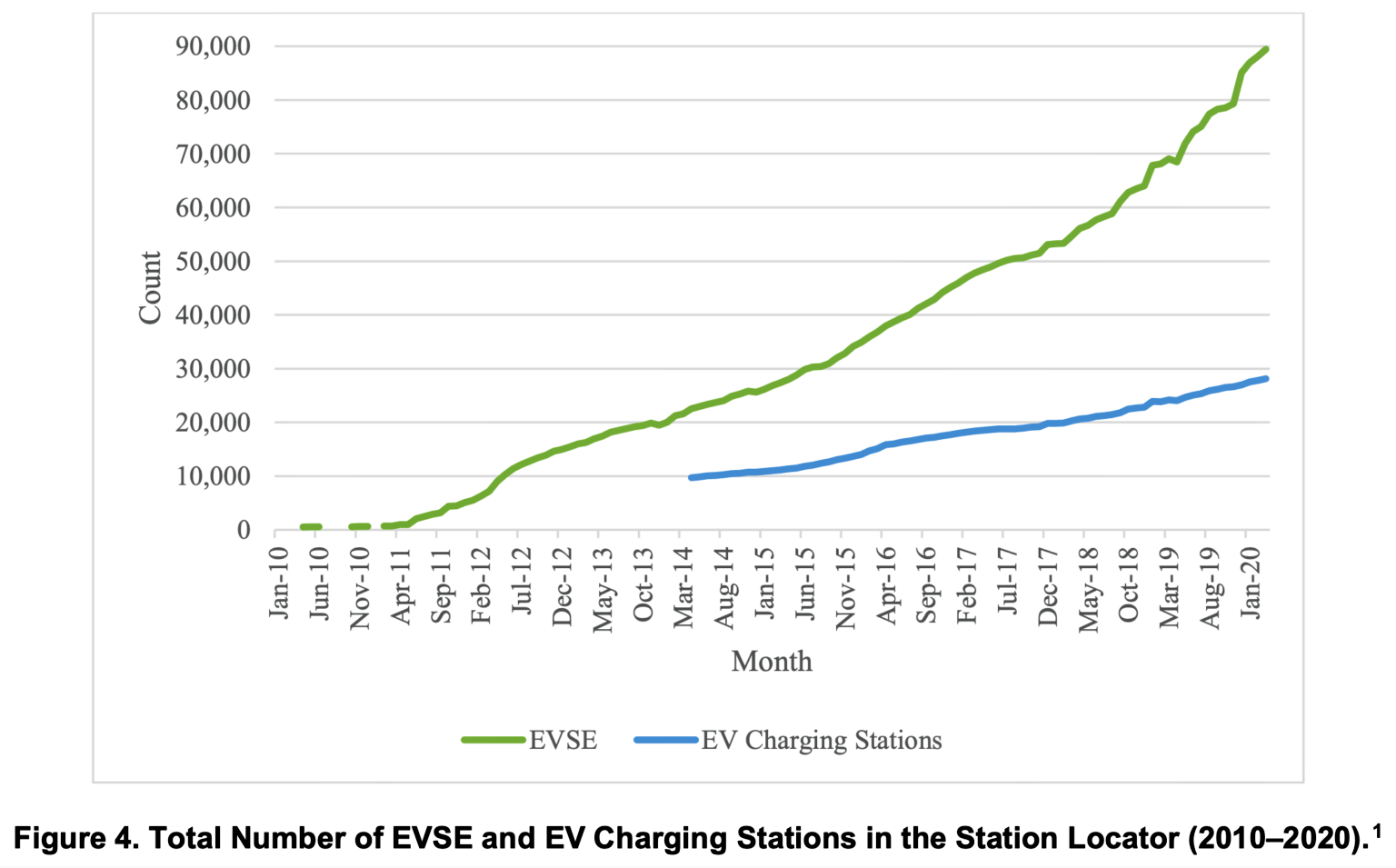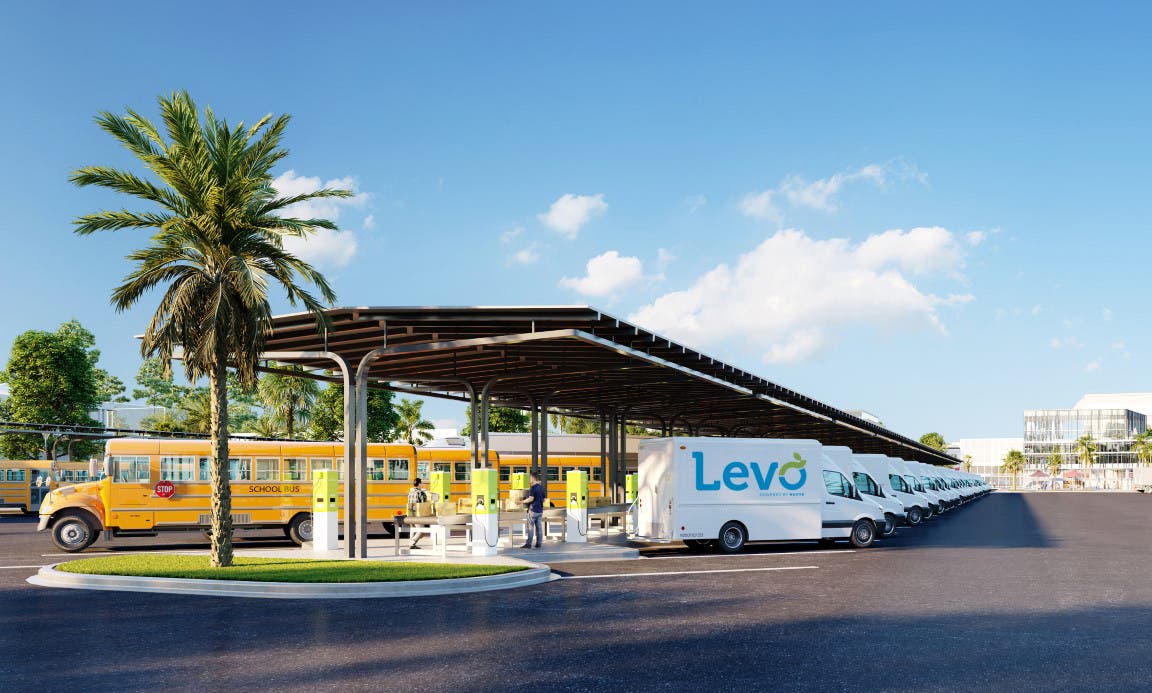Charging stations and networks for electric passenger cars are quickly coming online across the country with fast chargers on ever more routes and Level 2 chargers continuously in more places where we work, shop, and sleep.

Sourced from CleanTechnica article here
But as our world looks to quickly electrify other types of vehicles including trucks, buses and delivery vans, we’re going to have to rapidly build charging networks for these vehicles too, and this may rely on new fueling models to charge massive fleets.
The company Nuvve is thinking along these lines and working to build EV charging hubs. A charging hub is basically a large fueling station for electric vehicles. It combines wide parking spaces for heavy duty vehicles and bidirectional, V2G EV charging that enables energy sharing between the EV batteries and energy markets that normally cannot be accessed by individual consumers.
Nuvve just announced a new variation on the charging hub that includes its specialty — vehicle-to-grid (V2G). These hubs can combine the energy stored in a bunch of EVs and sell that energy back to the grid to earn revenue and help lower the cost for fleets to electrify. The hubs can also feature renewable energy generation (think lots of solar panels onsite) that can then be stored in the EV batteries thanks to V2G and pushed back to the grid, helping to integrate renewables in a much more predictable and reliable way.
A charging hub centralizes the way fleets charge. Rather than every fleet operator constructing its own massive electric fueling station, which requires intense land development and grid interconnections that have to go through a long review and approval process, companies like Nuvve want to build large charging centers that reduce the number of grid interconnections and support many fleets at one time. This will save fleet operators the enormous expense of installing infrastructure and expedite their timeline to electrify their fleets.
Types of fleets that could immediately benefit from these charging hubs are last-mile delivery, ride-hailing and ride-sharing, transit, and school buses.
And with its even more recent announcement of providing up front financing for fleets including school districts looking to purchase electric buses so they can electrify at a massive scale, Nuvve and companies like it are removing one barrier after another for medium and heavy duty fleets to go electric.
“We need to move from having only a few vehicles in a parking lot that are electric to electrifying as many as possible,” said Marc Trahand, EVP of marketing at Nuvve.
We’ll check back soon as these first charging hubs get built and begin operating and see how they’re moving the needle on electrifying fleets of heavy duty vehicles.



